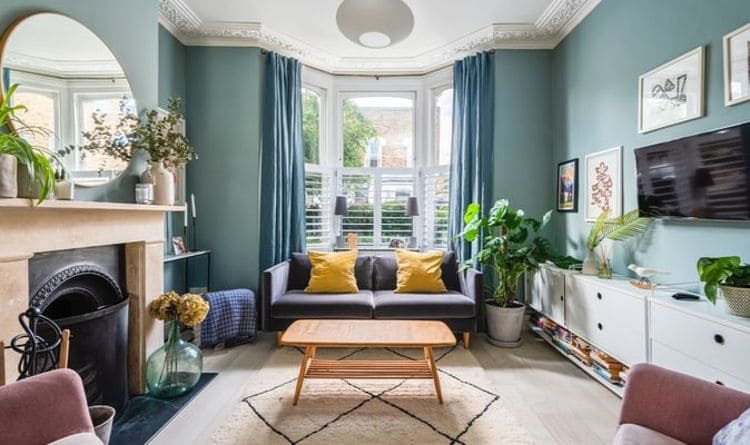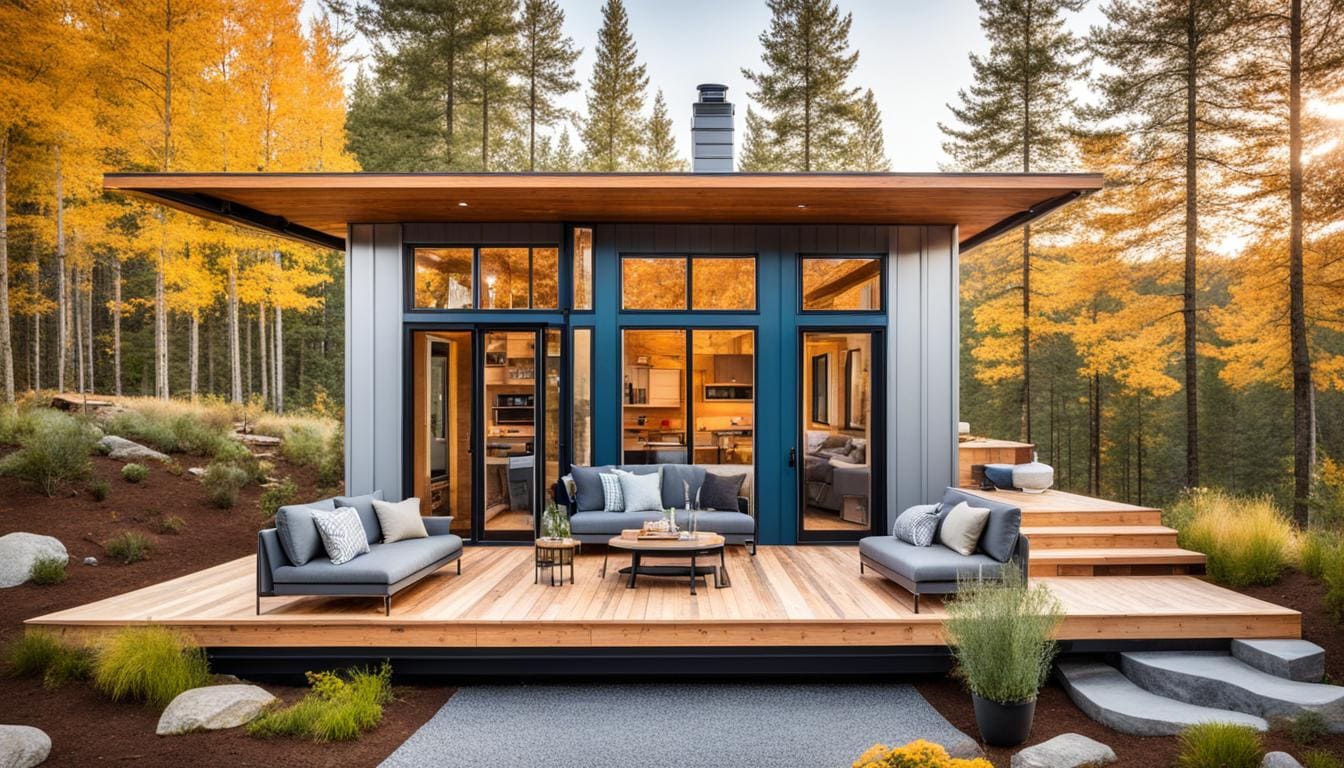In recent years, tiny home pods have emerged as a revolutionary solution to the ever-growing demand for sustainable, affordable, and adaptable housing options. These compact dwellings, often ranging from 100 to 400 square feet in size, offer a myriad of benefits that cater to a diverse range of lifestyles and needs.
Understanding Tiny Home Pods
What Are Tiny Home Pods?
Tiny home pods, also known as micro homes or mini dwellings, are small-scale residences that prioritize functionality, efficiency, and minimalism. These structures are typically built on a trailer base, allowing for mobility and flexibility in placement. While tiny home pods come in various designs and configurations, they commonly feature a compact living space, a kitchenette, a bathroom, and a sleeping loft.
Key Features and Design Considerations
Space Optimization
One of the hallmark features of tiny home pods is their ingenious use of space. Every square inch is meticulously planned to serve multiple purposes, with furniture often doubling as storage solutions. From fold-down tables to Murphy beds, these innovative designs maximize functionality without sacrificing comfort.
Sustainability
In an era marked by environmental concerns, tiny home pods offer a sustainable alternative to traditional housing. Many models are constructed using eco-friendly materials, incorporate energy-efficient appliances, and utilize renewable energy sources such as solar panels. Additionally, their smaller footprint reduces resource consumption and promotes a more eco-conscious lifestyle.
Mobility and Affordability
Unlike conventional homes, tiny home pods offer unparalleled mobility, allowing occupants to relocate with ease. This flexibility appeals to individuals seeking a nomadic lifestyle or those looking to downsize without being tied down by a mortgage. Furthermore, the relatively low cost of construction and maintenance makes tiny home pods an attractive option for budget-conscious homeowners.
The Benefits of Tiny Home Living
Financial Freedom
For many, the allure of tiny home living lies in its potential for financial freedom. By opting for a smaller, more affordable dwelling, individuals can significantly reduce their housing expenses, freeing up resources for other pursuits such as travel, education, or entrepreneurship. Additionally, the minimalistic lifestyle associated with tiny home living encourages mindful consumption and fosters a greater appreciation for experiences over material possessions.
Simplified Living
In a world characterized by excess and clutter, tiny home living offers a refreshing departure from the norm. With limited space comes the necessity to prioritize essentials, leading to a more intentional and clutter-free lifestyle. This simplification not only reduces stress and anxiety but also fosters a greater sense of contentment and fulfillment.
Environmental Stewardship
As concerns about climate change continue to escalate, many individuals are seeking ways to reduce their carbon footprint and live more sustainably. Tiny home living provides a practical solution to this challenge, offering a lifestyle that is inherently more eco-friendly. From reduced energy consumption to a smaller ecological footprint, tiny home living empowers individuals to make a positive impact on the environment without sacrificing comfort or convenience.
The Future of Tiny Home Pods
Innovations and Advancements
As the popularity of tiny home pods continues to soar, innovators and designers are pushing the boundaries of what’s possible in small-scale housing. From modular construction techniques to smart home integration, the future promises even greater versatility, efficiency, and comfort in tiny home design.
Addressing Challenges and Barriers
While tiny home living offers numerous benefits, it’s not without its challenges. Zoning regulations, building codes, and access to suitable land are just a few of the obstacles that aspiring tiny homeowners may encounter. However, as awareness and acceptance of tiny home living grow, policymakers and communities are increasingly embracing these alternative housing solutions, paving the way for a more inclusive and sustainable future.
In conclusion, tiny home pods represent a compelling vision for the future of housing – one that prioritizes simplicity, sustainability, and freedom. Whether as a full-time residence, a vacation retreat, or a supplementary dwelling, tiny home living offers a lifestyle that is as practical as it is fulfilling. As we look ahead to the years to come, the possibilities for tiny home design are limit only by our imagination.





